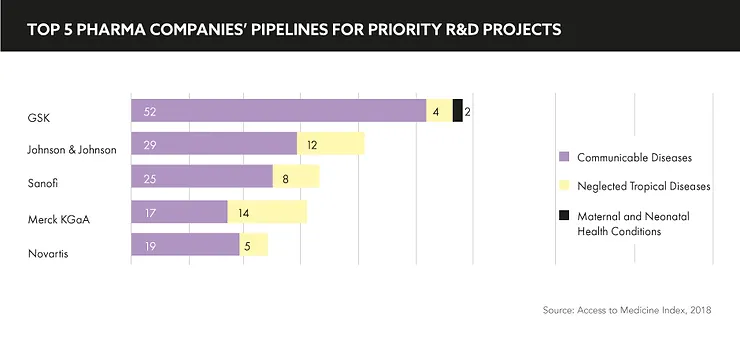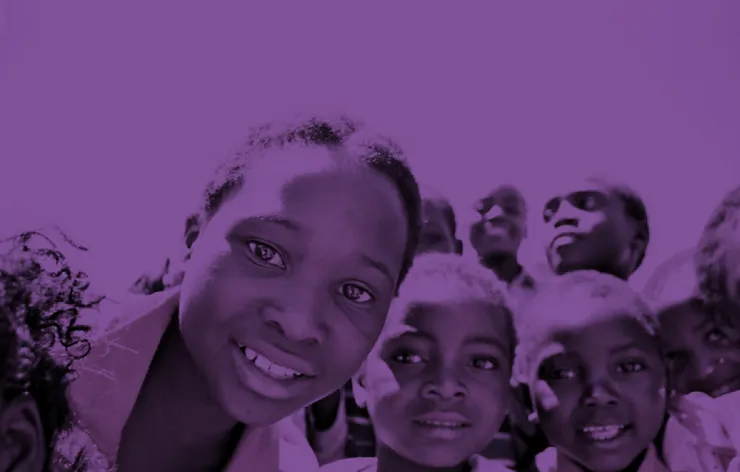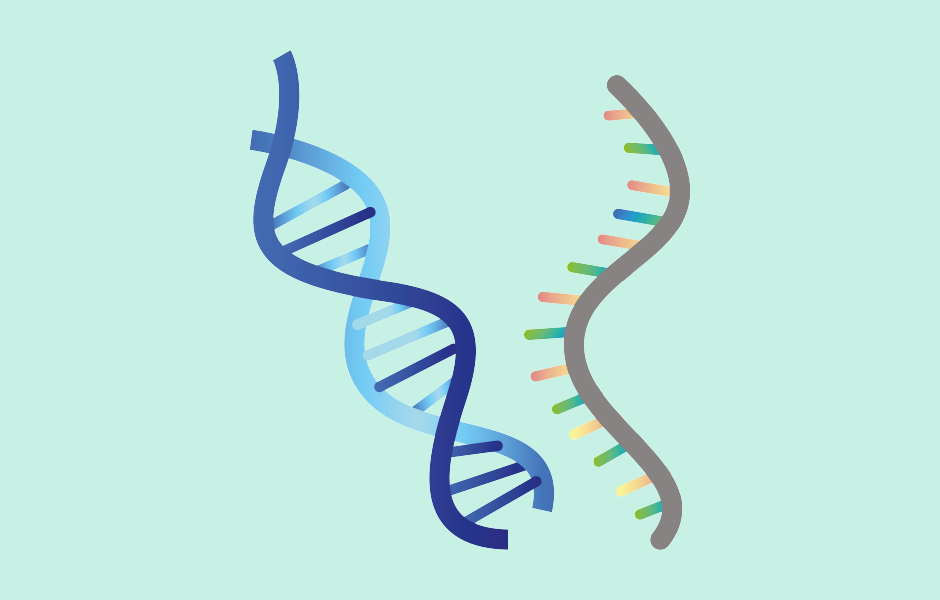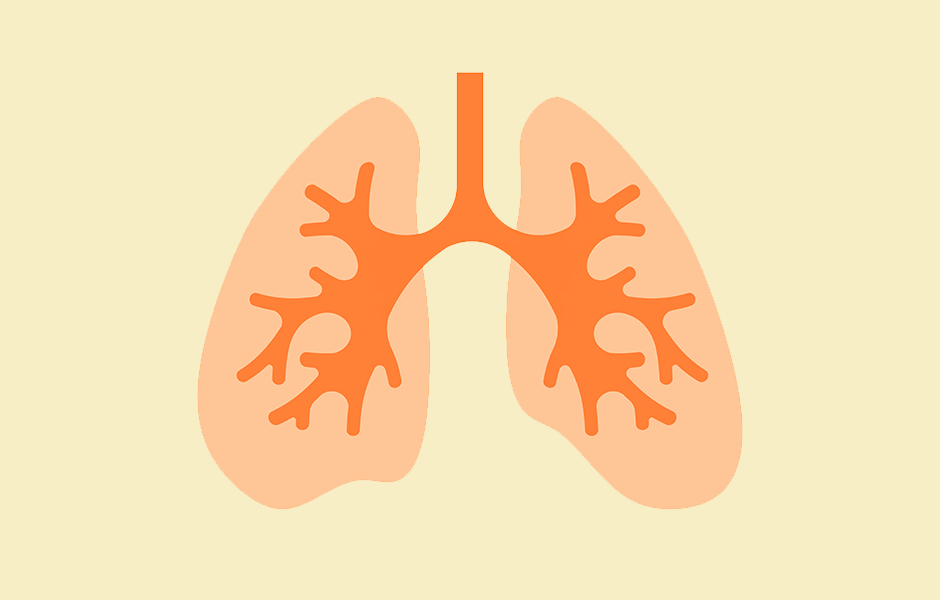Globally, 5 billion people have access to medication, leaving 2 billion, predominantly in the developing world, who do not. As a challenge that only continues to grow in complexity, with ever-changing regulations and continual development of treatments, market access appears to be the pharmaceutical industry’s mission impossible
Words by Kirstie Turner
Pharma is homing in on its target of a patient-centric industry, but intelligence shows that the challenge of poor access to medicine could be the mission’s downfall. Now, companies must team up across the industry to ensure that no patient gets left behind.
The access to medicine challenge is amplified in developing or hard-to-reach parts of the world, as Navin Joshi, Global Head of Pricing and Access Capabilities, GSK, says: “A big challenge is how you reach patients in remote areas of a country. Continuously finding novel ways to make medicines both accessible and affordable is critical. There is no one size fits all.” Complexities stem from the need to reach patients living in vastly different environments; an innovative solution that works in one part of the world might be completely unsuitable in another.
This is not a new challenge for pharma, as Nicki Catterick, Senior Director, Global Market Access and Pricing, Merck, acknowledges: “The access challenge has always been present for pharmaceutical products and this pressure will persist as medicine budgets continue to be squeezed and new innovative treatments gain regulatory approval.” Initiatives are not being developed quickly enough to simultaneously improve access and also keep up with diminishing budgets and an influx of new treatments: an imbalance has formed between the scale of the problem and the solutions on offer.
Pharma is faced with a conundrum when it comes to investing time and money, as a plethora of valuable initiatives require the industry’s attention. It can be hard to identify which areas will best serve patients; but Jayasree K. Iyer, Executive Director, Access to Medicine Foundation, explains why the developing world must be the priority: “As the world works toward achieving the Sustainable Development Goals by 2030, continuing to expand access to medicine must be a top priority, particularly for people living in low and middle-income countries, which together account for 83% of all people. Pharma companies, as innovators and producers of medicines and vaccines, are key partners for advancing universal health coverage and improving immunisation rates.”
The multi-faceted nature of the challenge means that there are many factors to identify and address, but the industry must not shy away from their responsibility to serve all patients, regardless of where they live in the world. Solutions must begin with identifying these groups and innovating current business models. “One part of the solution lies in the establishment of inclusive business models that explicitly aim to include people with low incomes in the customer base, in a commercially sustainable manner,” says Iyer.
While many pharma companies are investing in initiatives to improve access in developing countries, a challenge as vast as this requires the power of the industry as a whole. Cross-company collaboration can cultivate fruitful returns, as seen in the realm of neglected tropical diseases (NTDs), “where several companies donate medicines to control and eliminate diseases affecting the poorest populations,” says Iyer, continuing: “The World Health
Continuously finding novel ways to make medicines both accessible and affordable is critical. There is no one size fits all
Organization (WHO) has played a central and pivotal role in co-ordinating and driving attention toward NTDs.” Having a non-pharma company taking the reins can be the driving force behind such initiatives.
Iyer goes on to explain the project: “In 2012, WHO set global targets for controlling, eliminating, and eradicating NTDs by 2020, published in its NTDs Roadmap. A broad range of partners, including 12 pharma companies, endorsed the 2012 London Declaration on NTDs, a multi-lateral public commitment to bringing 10 NTDs under control by 2020. $17 billion worth of medicines have been donated by the R&D-based biopharmaceutical industry, making this partnership one of the most cost-effective programmes in public health.”
And the results are extremely promising: “There was a 97% reduction in Guinea worm cases, from 1,060 in 2011, to 28 cases in 2018,” says Iyer. This astounding reduction highlights the power created by the industry coming together to make a huge difference.
This global challenge goes even further, extending outside of just the pharmaceutical industry: “No one organisation is able to meet the endless demands of healthcare by the ever-ageing population. Co-operation and collaboration not only across pharma, but also across public (Governments, NGOs, etc.) and private organisations (pharma, insurance companies, etc.) will be necessary and essential if we want to improve access to medicines,” says Joshi, highlighting not just the benefit, but the necessity of cross-industry collaboration.
Iyer concludes by challenging the industry: “Make medicines affordable and available in low income countries to all populations: leave no one behind. Ensure that R&D portfolios are developing products that also benefit people living in low incomes and in poverty.” It is time for the industry to work together and launch the access operation, utilising cross-industry collaboration and learning from key successes in current initiatives, to make the access mission possible.







